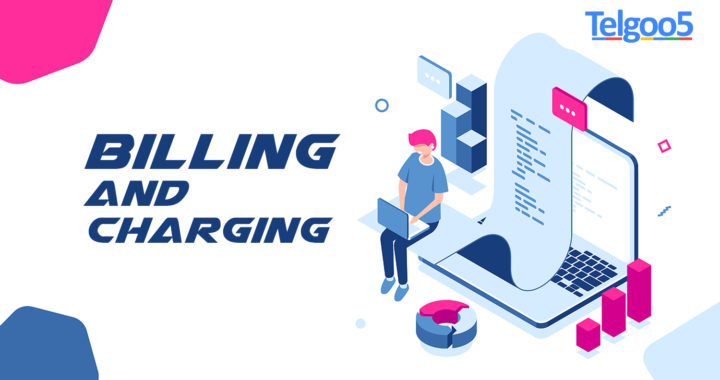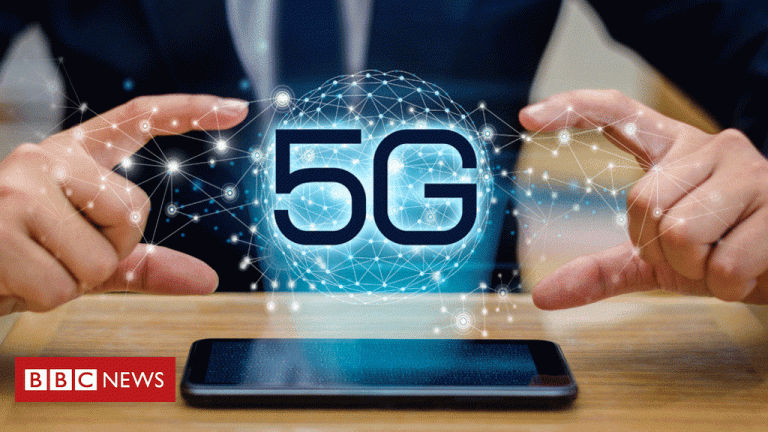5G poses new challenges for telecom operators that can be only fulfilled with a top-notch billing and charging platform. A 3GPP compliant and constantly upgraded Online Charging System can monetize variable 5G services effectively to give telcos an edge. It can also implement credit limits better and maintain transparency in billing.
Real-time billing and charging have been instrumental in success of telecom operators. As we step into 2021, the importance of 5G monetization along with billing and charging, is rising fast. When compared with yesteryears mobile connectivity solutions, 5G is way more intricate and challenging. Although it promises great riches for telcos with all its unique features like network slicing and QoS based service offerings, it is a hard code to crack unless you have a cutting-edge convergent charging system.
The Challenge of 5G Billing and Charging

5G billing and charging requires a specialized charging system telecom as it involves network slicing and QoS based service offering. A comprehensive 5G connectivity platform comes with:
- Ultra-reliable low latency communication also known as URLLC
- Massive machine type communications also known as mMTC
- Enhanced mobile broadband also known as emBB
mMTC is considered optimal for IoT platforms that require long sensor run time. The number of IoT transactions are very large in number, but the actual bandwidth requirements are quite low. Real-time convergent charging is essential for mMTC services implemented via 5G deployment
emBB is a high-bandwidth connectivity type that is deemed ideal for Augmented and Virtual Reality platforms. It is based upon 3GPP Release 13/14 LPWAN technical specifications. emBB provides an amazing option for IoT-based business operations as it lets them cut the cost considerably.
URLLC is all about low-latency. In scenarios where there can be absolutely no delay, URLLC is considered to be the best option. For example, people who love to play online multiplayer games, URLLC is ideal as it ensures minimum lag in the playing experience. It is also essential for futuristic self-driving cars that rely on real-time data transfer.
5G is going to be a success for sure, but for telcos that do not have top-quality convergent charging platforms, it would be hard to monetize intricate services. Also, the entire OSS and BSS landscape will be impacted with 5G-centeral telecom platform.
An Online Charging System that meets the updated 3GPP technical specifications is a minimum requirement to meet the challenges of futuristic billing. It helps in a number of ways:
QoS based services need better credit enforcement
There will be multiple networks that would be based upon a single physical connection. Every connection would be classified as a different connection based on quality of service. By implementing credit limits accurately for all sub-connections, a modern OCS can help you maintain transparency in billing.
Addition of new features with time
The Online Charging System platform should offer APIs that could be installed to meet dynamic 5G requirements.





